- Boards and Programmers, Students Corner
Arduino Mega 2560 With Logo (Original)
- Powerful Microcontroller: Based on the ATmega2560 clocked at 16MHz for robust performance.
- Ample Memory: Offers 256KB of Flash memory, 8KB of SRAM, and 4KB of EEPROM for storing code and data.
- Extensive I/O Pins: Features 54 digital I/O pins (15 PWM outputs) and 16 analog inputs for versatile interfacing.
- USB Connectivity: Easily connect to a computer for programming and power via USB Type-B.
- Flexible Power Options: Can be powered via USB or an external power supply (7-12V) for convenience.
- Easy Programming: Compatible with the Arduino IDE and supports a vast library of code and resources.
- Durable Design: Built with quality materials for reliability and longevity.
- Compatible with Shields: Works seamlessly with most Arduino shields for easy expansion and customization.
SKU: n/a - Boards and Programmers, Students Corner
Arduino Uno R3 Plus DIP Board
- ATmega328P Microcontroller: Reliable and widely-used chip.
- DIP Package: Easy to replace or upgrade without special tools.
- Enhanced Design: Improved power management and pin accessibility.
- USB Interface: Simple connection for programming and power.
- Wide Compatibility: Works with Arduino shields, libraries, and software.
SKU: n/a - Accessories, Students Corner
Arduino USB Cable
- Compatibility: Specifically designed for Arduino Uno and Mega 2560 boards.
- Durable Construction: Made from high-quality materials for long-lasting use.
- Fast Data Transfer: Supports USB 2.0 for quick and efficient data transfer.
- Stable Power Supply: Provides consistent power to your Arduino board during programming and testing.
- Generous Length: 1 meter (3.3 feet) cable length offers flexibility in positioning your board.
- Plug-and-Play: Easy setup with plug-and-play functionality, no additional drivers required.
- Versatile Use: Can be used with other USB Type-B devices beyond Arduino boards.
SKU: n/a
Arduino Mega 2560 With Logo (Original)
In stock
- Powerful Microcontroller: Based on the ATmega2560 clocked at 16MHz for robust performance.
- Ample Memory: Offers 256KB of Flash memory, 8KB of SRAM, and 4KB of EEPROM for storing code and data.
- Extensive I/O Pins: Features 54 digital I/O pins (15 PWM outputs) and 16 analog inputs for versatile interfacing.
- USB Connectivity: Easily connect to a computer for programming and power via USB Type-B.
- Flexible Power Options: Can be powered via USB or an external power supply (7-12V) for convenience.
- Easy Programming: Compatible with the Arduino IDE and supports a vast library of code and resources.
- Durable Design: Built with quality materials for reliability and longevity.
- Compatible with Shields: Works seamlessly with most Arduino shields for easy expansion and customization.
₨ 3,900 ₨ 4,000
In stock
Product Overview
The Arduino Mega 2560 R3 with Logo is a powerful microcontroller board based on the ATmega2560. It offers a vast array of features and capabilities, making it ideal for a wide range of electronics projects, from robotics and automation to home IoT (Internet of Things) applications. With its ample I/O pins, generous memory, and versatile connectivity options, the Arduino Mega 2560 R3 is a popular choice among hobbyists, educators, and professionals alike.
Key Features
- ATmega2560 Microcontroller: Powered by the ATmega2560 microcontroller clocked at 16MHz, providing ample processing power for demanding applications.
- Flash Memory: Offers 256KB of Flash memory, providing plenty of space for storing your code and data.
- SRAM and EEPROM: Includes 8KB of SRAM and 4KB of EEPROM for storing variables and non-volatile data.
- Digital and Analog I/O: Equipped with 54 digital I/O pins (of which 15 can be used as PWM outputs) and 16 analog input pins, providing extensive interfacing capabilities.
- USB Connectivity: Features a USB interface for easy connection to a computer for programming and power. It uses the standard USB Type-B connector.
- Power Jack: Includes a power jack for connecting an external power supply (7-12V), providing flexibility in power options.
- ICSP Header: Provides an In-Circuit Serial Programming (ICSP) header for direct programming of the microcontroller with an external programmer.
- Reset Button: Includes a reset button for resetting the microcontroller or restarting the program.
- Compatible with Shields: Fully compatible with most Arduino shields, allowing for easy expansion and customization of projects.
- Open-Source Platform: Built on the Arduino open-source platform, providing access to a vast library of community-contributed code and resources.
Specifications
- Microcontroller: ATmega2560
- Operating Voltage: 5V
- Input Voltage (recommended): 7-12V
- Digital I/O Pins: 54 (of which 15 provide PWM output)
- Analog Input Pins: 16
- Flash Memory: 256KB
- SRAM: 8KB
- EEPROM: 4KB
- Clock Speed: 16MHz
- USB Interface: Type-B
- Dimensions: 101.52mm x 53.3mm
- Weight: Approximately 37g
Applications
- Robotics: Perfect for controlling motors, sensors, and other peripherals in robotics projects.
- Home Automation: Ideal for building home automation systems to control lights, appliances, and more.
- IoT Projects: Used in Internet of Things projects for monitoring and controlling devices remotely.
- Prototyping: Great for quickly prototyping and testing electronic circuits and systems.
- Educational Use: Suitable for teaching electronics, programming, and microcontroller concepts in classrooms and workshops.
Usage Instructions
- Connect to Computer: Use a USB Type-B cable to connect the Arduino Mega 2560 R3 to your computer.
- Install Arduino IDE: Download and install the Arduino Integrated Development Environment (IDE) from the official Arduino website.
- Select Board: Open the Arduino IDE, go to ‘Tools’ -> ‘Board’, and select ‘Arduino/Genuino Mega or Mega 2560’ from the list of available boards.
- Select Port: Go to ‘Tools’ -> ‘Port’ and select the appropriate COM port for your Arduino board.
- Write Code: Write or open a sketch (program) in the Arduino IDE.
- Upload Code: Click the ‘Upload’ button in the Arduino IDE to compile and upload the sketch to the Arduino board.
- Monitor Serial Output: Use the serial monitor in the Arduino IDE to view messages and debug your code.
Customer Support
We are committed to providing excellent customer support. If you have any questions or need assistance with your Arduino Mega 2560 R3 with Logo, please contact our support team for prompt and reliable help.
The Arduino Mega 2560 R3 with Logo offers unparalleled versatility and performance for all your electronics projects. Whether you’re a beginner or an experienced maker, this board is the perfect choice for bringing your ideas to life.

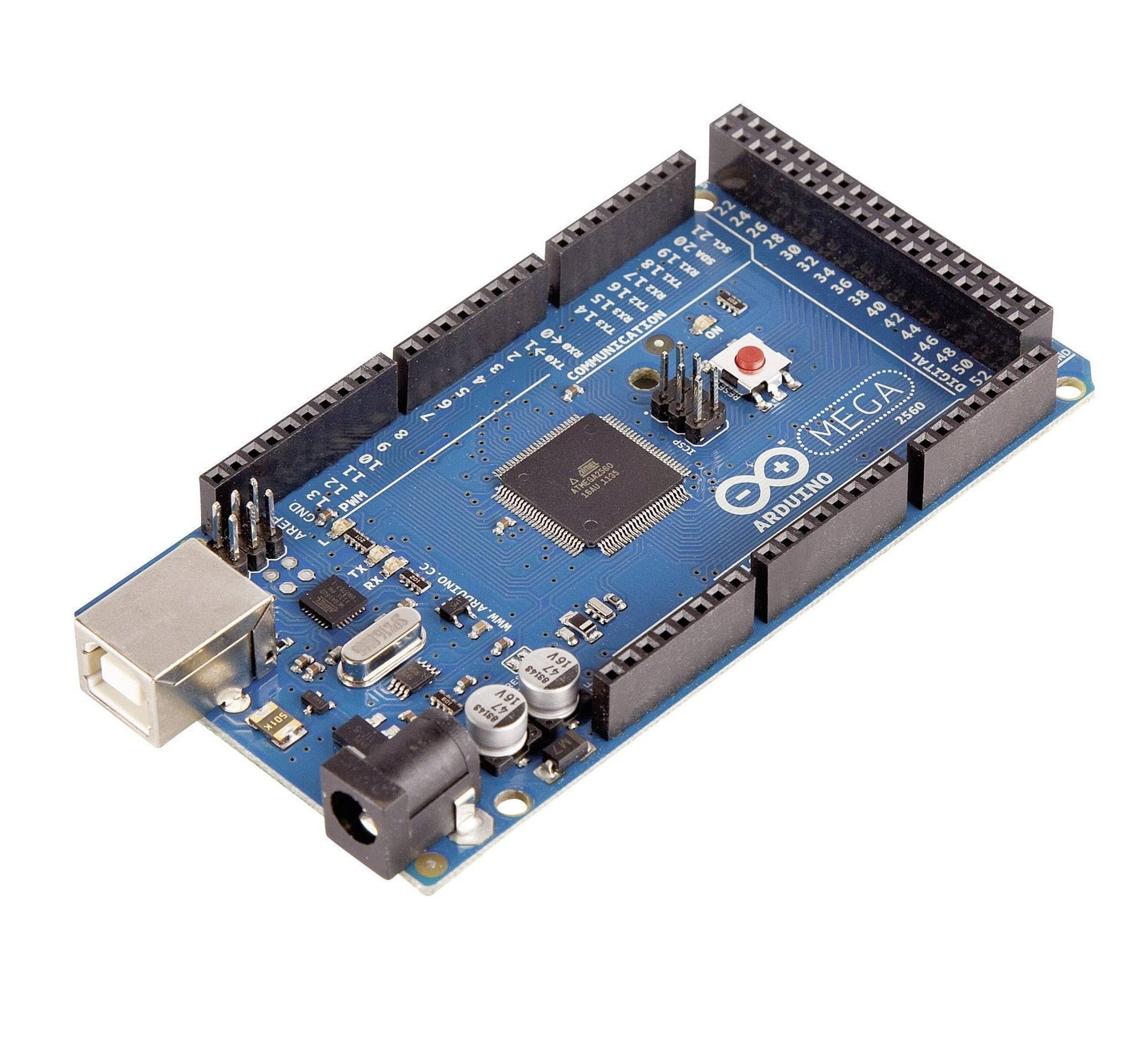



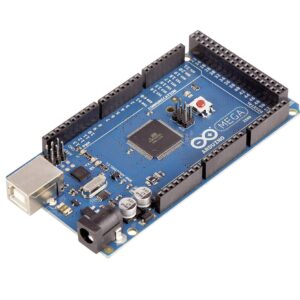
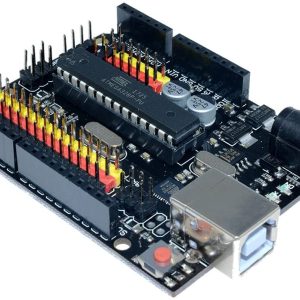
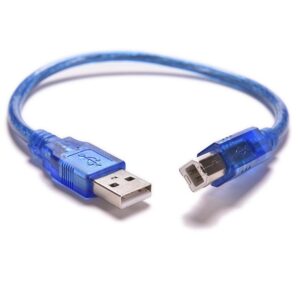

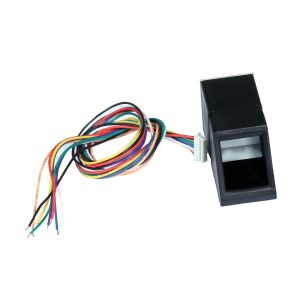

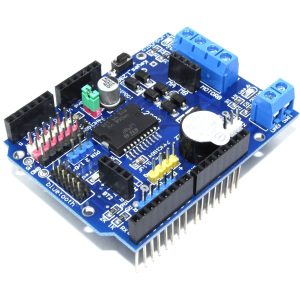

There are no reviews yet.